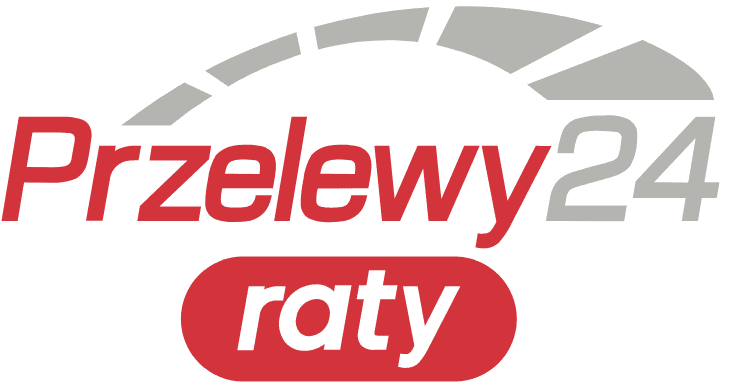Have you ever wondered how automation works in industry? While it may sound complicated, get ready for a journey where we discover the ins and outs of PLC programming languages and how Siemens plays a key role in them.
Table of Contents
| N | Description |
|---|---|
| 1. | What is a PLC? |
| 2. | Why is the PLC important? |
| 3. | Introduction to Siemens PLC |
| 4. | PLC programming languages |
| 5. | Introduction to the LAD language |
| 6. | S7-GRAPH language |
| 7. | What is the STL language? |
| 8. | SFC: Sequential Function Chart |
| 9. | How do you choose the right language? |
| 10. | The future of PLC |
| 11. | Siemens PLC advantages |
| 12. | How to learn PLC? |
| 13. | Is PLC for you? |
1 What is a PLC?
The PLC, or Programmable Logic Control System, is a key component in industrial automation. It is a type of industrial computer that controls various processes in factories and production plants.
2 Why is the PLC important?
PLC enables the automation of processes, resulting in increased efficiency, reduced costs and improved safety in industry. This is vital for improving the competitiveness of companies and industry as a whole.
3 Introduction to Siemens PLC
Siemens is one of the world's leading PLC manufacturers. Their PLC systems are known for their reliability, flexibility and advanced features. Siemens offers a wide range of products that can be customised to suit different industrial needs.
4 PLC programming languages
PLC programming languages are sets of instructions used to program PLCs. Companies such as Siemens offer different programming languages to accommodate different applications and programmer preferences.
5 Introduction to the LAD language
LAD (Ladder Diagram) is one of the most popular PLC programming languages. It uses a symbolic representation of the electrical diagram in the form of a ladder, which makes programming easier for those with electrical experience.
6. S7-GRAPH language
S7-GRAPH is a graphical programming language offered by Siemens. It allows the creation of flow diagrams, which is particularly useful when programming complex sequential processes.
7. What is the STL language?
STL (Statement List) is an instruction-based PLC programming language. It is more similar to machine code and is often chosen by programmers with experience in low-level programming.
8 SFC: Sequential Function Chart
SFC is another PLC programming language that is used to describe complex sequences of operations. This is particularly useful for processes that can be logically divided into stages.
9. How to choose the right language?
Choosing the right PLC programming language depends on a number of factors, such as the experience of the programmer, the specifics of the application and project preferences. It is important to have a good understanding of the different languages and their applications in order to make an informed decision.
10. the future of PLC
The future of PLCs seems promising, as technological developments are opening up new opportunities in industrial automation. Companies such as Siemens are constantly investing in research and development to provide modern solutions for their customers.
11 Advantages of Siemens PLC
Siemens PLCs offer many advantages, including reliability, advanced diagnostic features, ease of integration with other systems and high-level technical support. This makes them a popular choice among companies worldwide.
12. How to learn PLC?
There are many ways to learn PLC programming, including online courses, textbooks, hands-on training and programming communities. It is important to practice and experiment regularly with different languages and tools to gain experience.
13. Is PLC for you?
If you are interested in industrial automation, PLC can be a fascinating area to explore. Whether you're a budding programmer, electrician or engineer, learning PLC programming can open up many new career opportunities.
Frequently Asked Questions
1. what is the difference between
LAD language from STL language?
The LAD language is based on a symbolic representation of the electrical diagram, while the STL language is more machine code-like and instruction-based.
2 What are the main advantages of using the S7-GRAPH language?
The S7-GRAPH language enables the creation of flow diagrams, which facilitates the programming of complex sequential processes and their visualisation.
3. are there free resources for learning PLC programming?
Yes, there are many free online learning resources, including courses, manuals and programming communities that can help you learn PLC programming.
4. does Siemens offer technical support to its customers?
Yes, Siemens offers a high level of technical support to its customers, including documentation, training and after-sales service.
5. What are the prospects for PLC development in the future?
The prospects for PLC development are promising, as technological developments are opening up new opportunities in industrial automation and companies such as Siemens are continually investing in research and development to provide modern solutions for their customers.
Siemens PLC programming languages are the foundation of industrial automation, opening the door to more efficient and automated production processes. By understanding the different programming languages and the advantages offered by Siemens PLC systems, the full potential of industrial automation can be realised.



